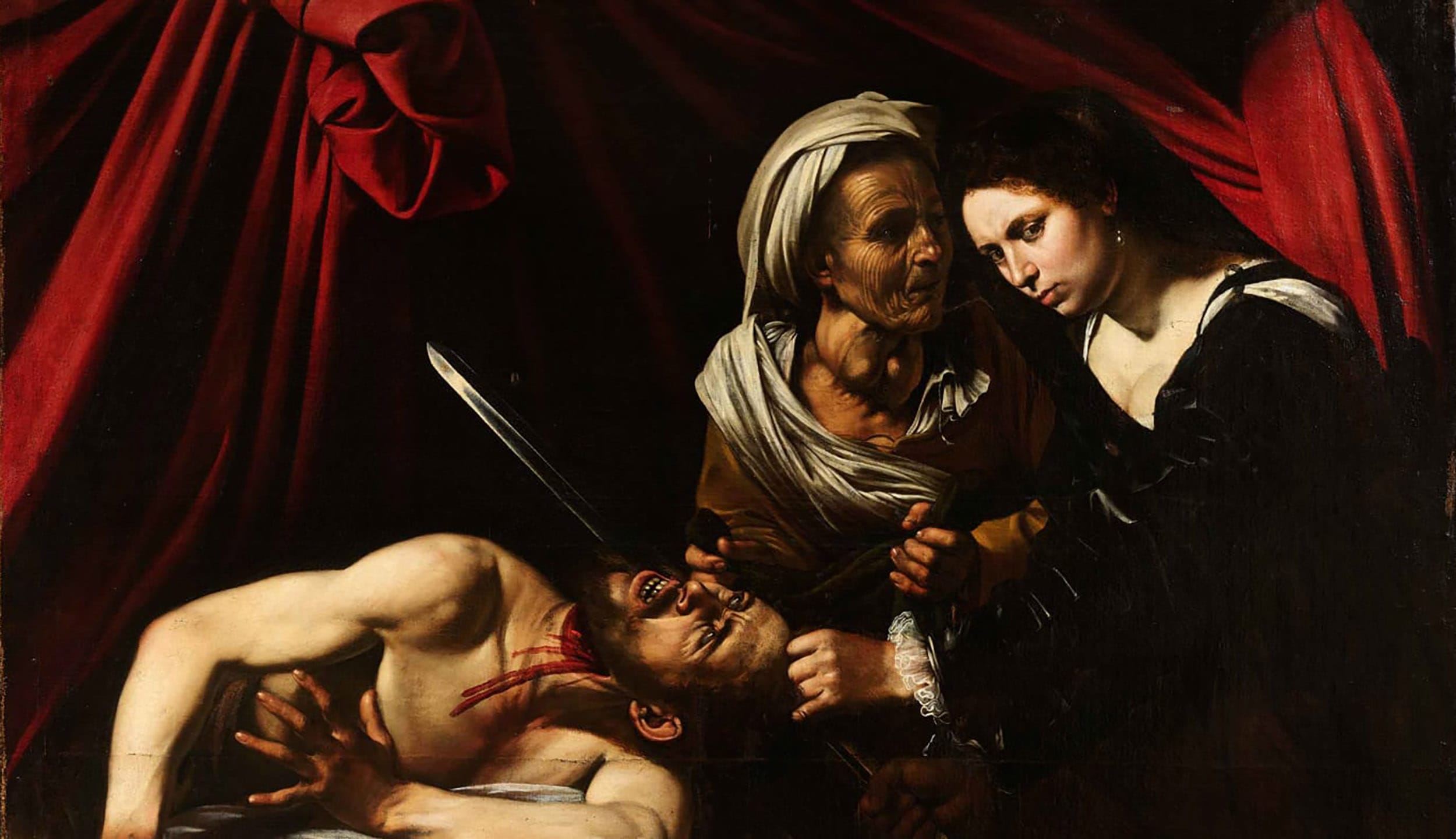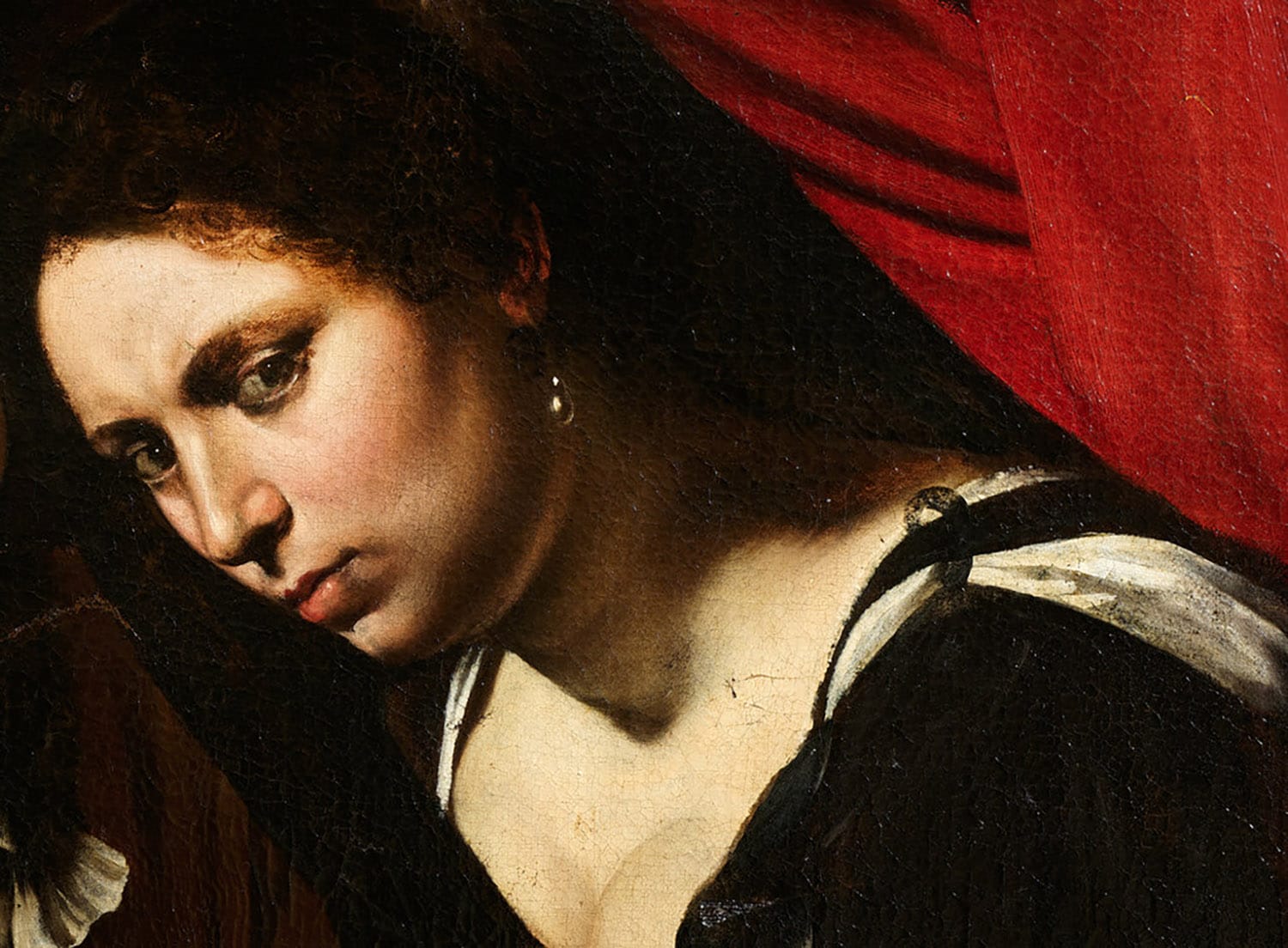Caravaggio Painting Discovered in Attic Could Fetch $171 Million
Found at a house in France five years ago, the work is expected to shatter the artist’s previous auction record

At a press conference on Thursday held at London’s fabled Colnaghi gallery, French dealer Marc Labarbe said he will auction off the Caravaggio painting Judith and Holofernes, which was rediscovered five years ago. According to CNN, which broke the news of the sale, the canvas has been given an estimate of roughly $171 million.
The work, which is thought to have been completed by the Italian painter around 1607, will hit the auction block on June 27 at Labarbe’s auction gallery in Toulouse, France. The current auction record for Caravaggio is $145,000, which was set at a Sotheby’s New York sale in 1998. The recently found work is expected to shatter the 1998 sale. However, Caravaggio’s painting Boy Peeling a Fruit, which some have said may have been the artist’s first canvas, was originally expected to set a new record in 2015, when it was given a $5 million estimate at Christie’s, but it failed to find a buyer.
Labarbe was first contacted about the painting in 2014, when his friend discovered it in the attic of his Toulouse home. Art appraiser Eric Turquin examined the painting and identified it as a lost work of the Italian master.
Recommended: Oprah Urges Support for Women Artists at Sotheby’s Benefit Auction
“This is the greatest painting I’ve ever found,” Turquin told CNN. “It’s very violent. It’s almost unbearable. But he’s an artist who embodies the text—he makes the text living.”

The text Turquin refers to is the Book of Judith, which is found in Roman Catholic and Eastern Orthodox versions of the Old Testament. Judith was a widow from the city of Bethulia, under siege by the army of Assyrian general Holofernes. To save her city, she seduced the general in his tent before beheading him, which is the moment the Caravaggio’s painting depicts.
The piece is one of just 66 known works by the artist.
The authenticity of the work is still debated among art historians. In 2016, two experts told The New York Times that it was possible the painting was a copy by Louis Finson, a Flemish artist who was a known imitator of Caravaggio’s style.
Turquin, however, is convinced that work is truly by Caravaggio because of the presence of alterations under the paint. “A copier just reproduces exactly what’s in front of him,” Turquin told CNN. “But a painter changes his mind as he’s painting.”